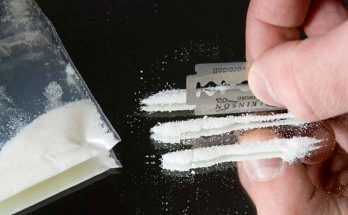London: Researchers have identified the gene called Dlk1 that enhances stem cell activation and tissue regeneration to help in tooth healing.
The study, published in the journal Nature Communications, found a mechanism that could offer a potential novel solution for tooth repairing.
Stem cells hold the key to wound healing as they develop into specialised cell types throughout the body – including in the teeth. Stem cells are so important that in the future they could be used in laboratories to regenerate tissues that have been damaged or lost due to disease, said researchers.
“By uncovering both the new stem cells that make the main body of a tooth and establishing their vital use of Dlk1 in regenerating the tissue, we have taken major steps in understanding stem cell regeneration,” said study lead author Bing Hu from the University of Plymouth.
Researchers identified a new population of mesenchymal stem cells — the stem cells that make up skeletal tissue such as muscle and bone — in a continuously growing mouse incisor model. They showed that these cells contribute to the formation of tooth dentin — the hard tissue that covers the main body of a tooth.
The findings showed that when these stem cells are activated, they send signals back to the mother cells of the tissue to control the number of cells produced, through a molecular gene called Dlk1.
During the study, the researchers also showed that Dlk1 can enhance stem cell activation and tissue regeneration in a tooth wound healing model. This mechanism could provide a novel solution for tooth reparation, dealing with problems such as tooth decay, crumbling and trauma treatment.
“The work has taken place in lab models at this stage, and further work needs to be done before we can bring them to human use. But it’s a really big breakthrough in regenerative medicine that could have huge implications for patients in future.





